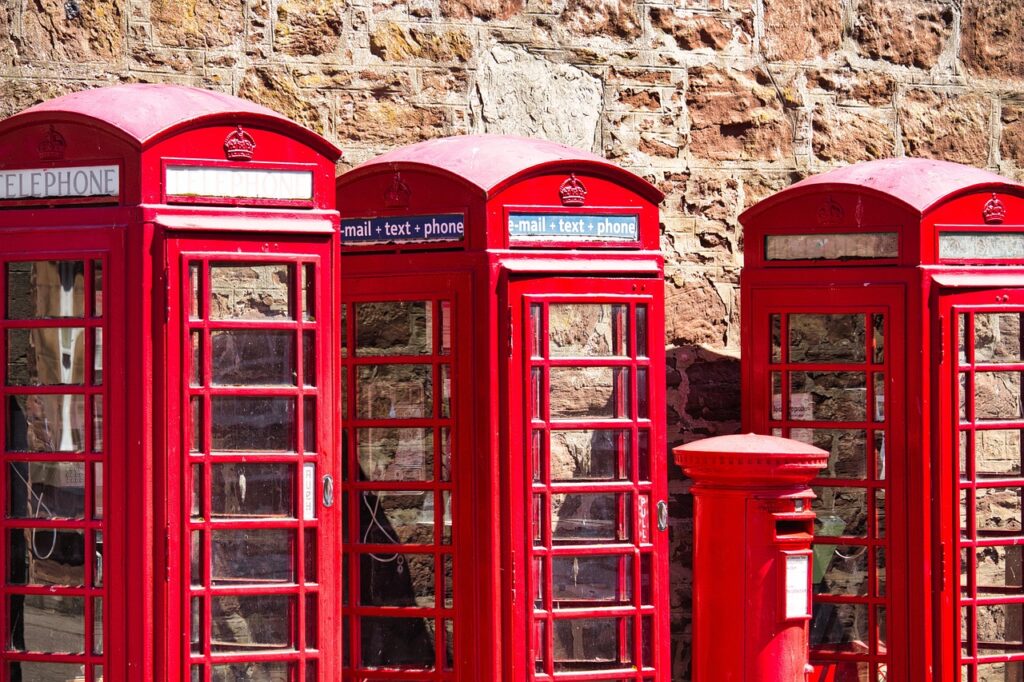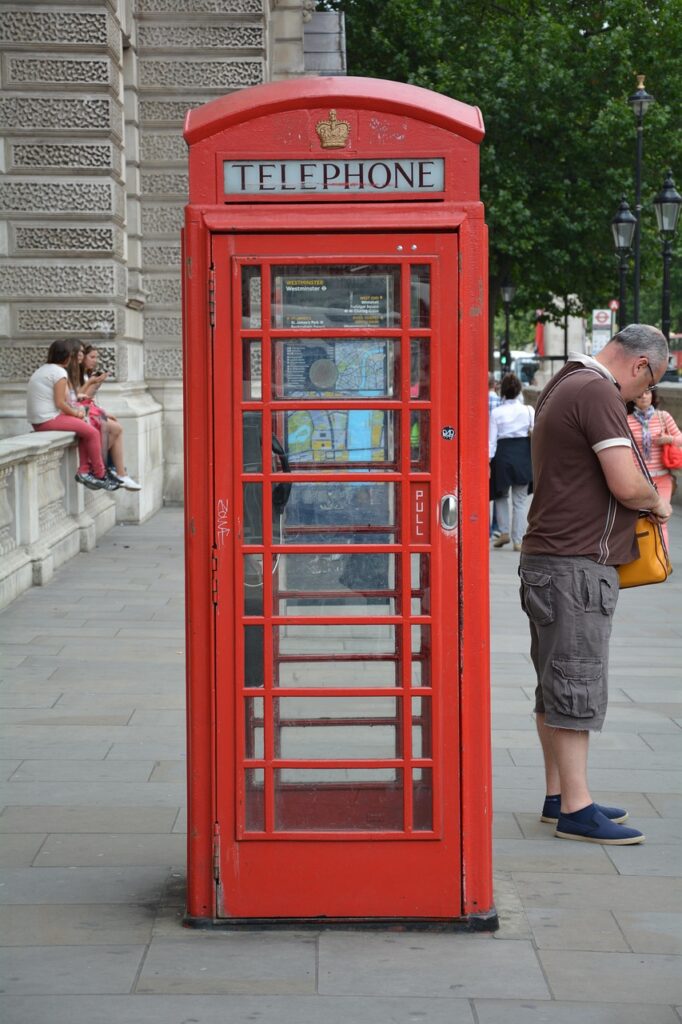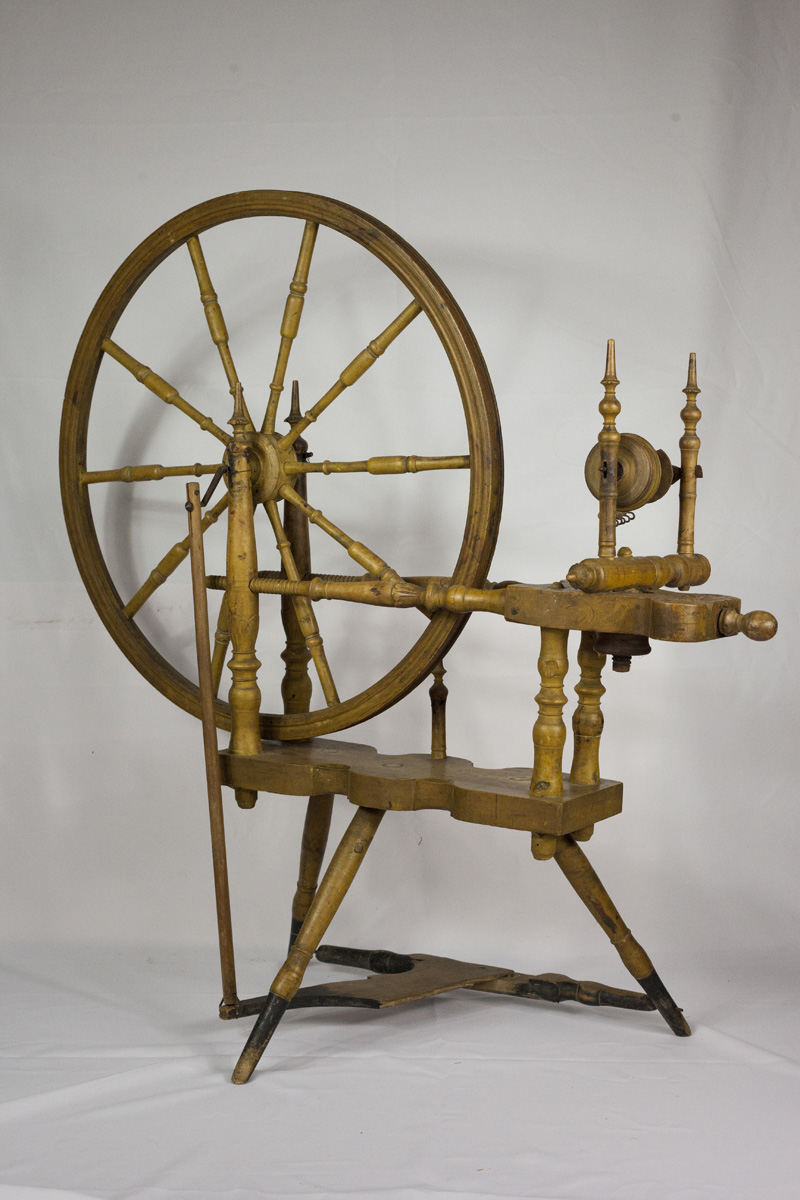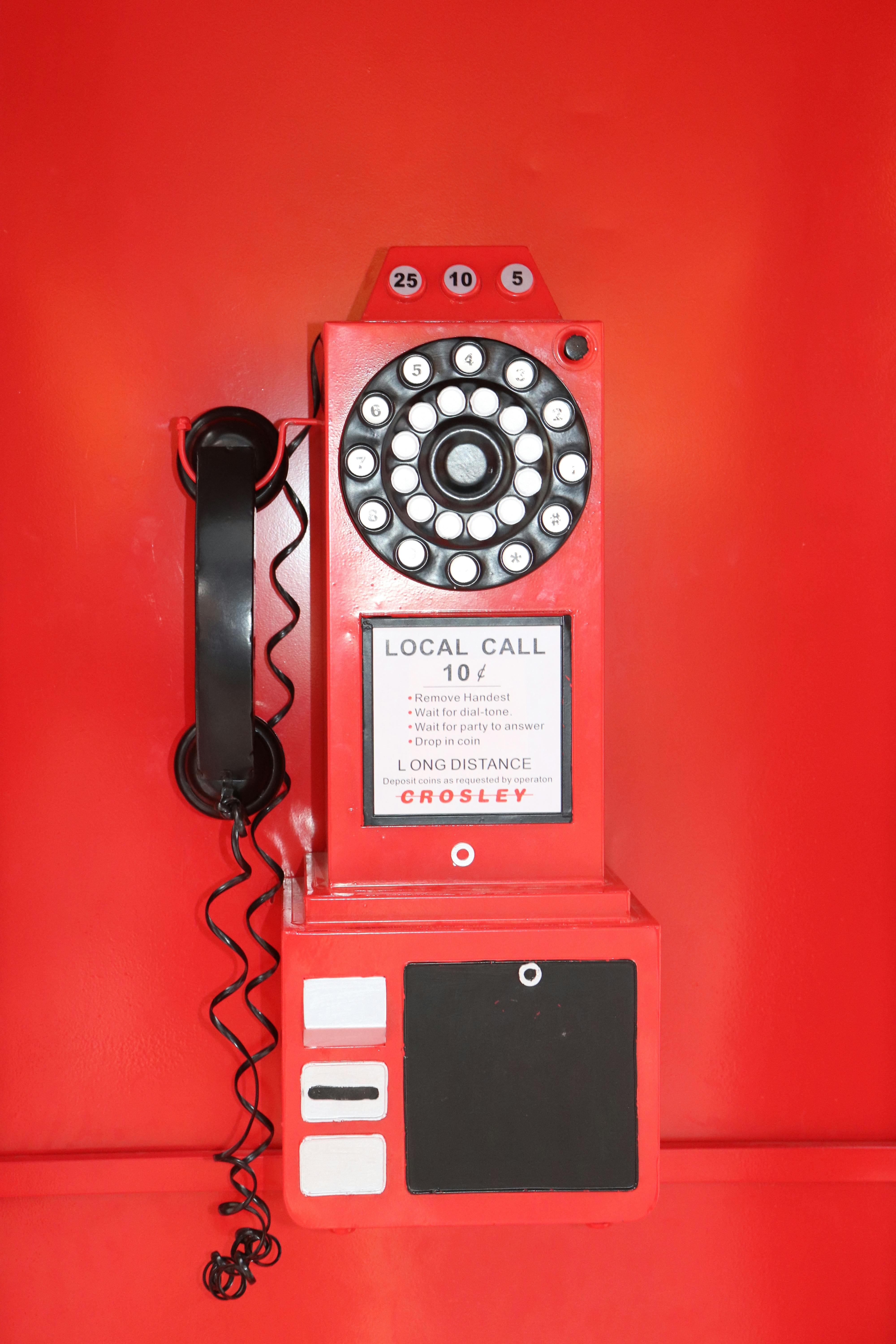
Remember the distinctive clang of a coin dropping, the momentary hush as a heavy door swung shut, and the private world a phone booth offered? For decades, these small structures were an indispensable part of urban and rural landscapes worldwide, connecting people across distances long before the ubiquitous glow of smartphone screens became our primary link. They were more than just a place to make a call; they were emergency lifelines, secret meeting points, and even impromptu offices for a quick, confidential chat.
Yet, much like a forgotten memory, these once-common fixtures have largely faded into obscurity. Their decline has been swift and dramatic, turning them into nostalgic symbols of a bygone era, often only spotted now as quirky relics or repurposed curiosities. The very concept of stepping into a dedicated, enclosed space to make a call feels almost alien in our hyper-connected present, where communication is literally at our fingertips.
Join us on a fascinating journey through the history of the phone booth. We’ll delve into its curious origins, its design evolution from simple wooden boxes to iconic red symbols and sleek glass structures, and its unexpected starring roles in pop culture, ultimately revealing how these once-essential communication hubs came to be “gone but not forgotten” in today’s world. Prepare to be informed, entertained, and perhaps even a little nostalgic for these public call boxes.
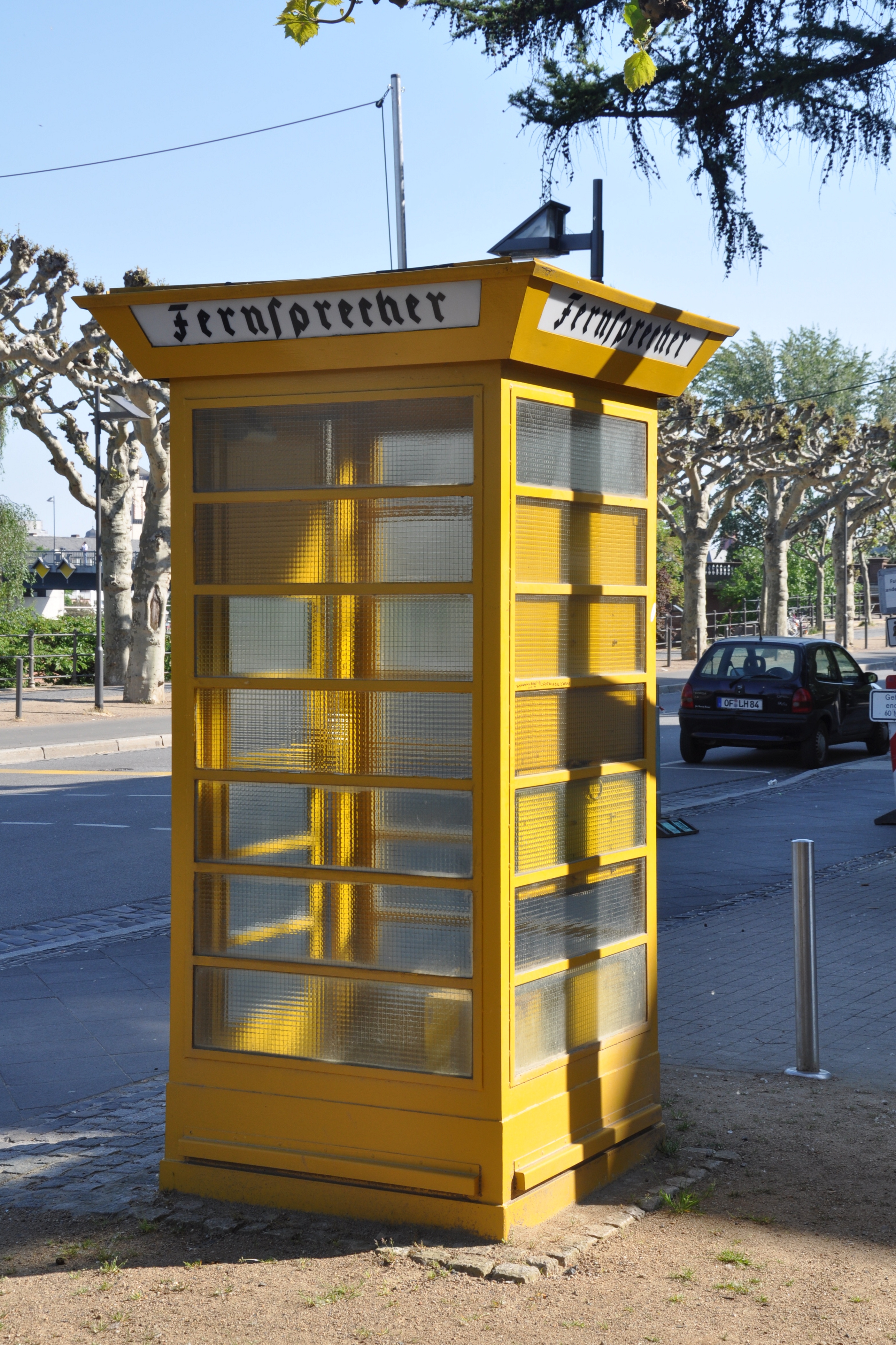
1. **The Humble Beginnings: Defining the Phone Booth**The very essence of a phone booth, telephone kiosk, telephone call box, telephone box, or public call box, as it has been variously known, lies in its simplicity. It is defined as a “tiny structure furnished with a payphone and designed for a telephone user’s convenience.” The user would typically step inside, close the door, and engage in a private conversation, shielded from the hustle and bustle of the outside world.
This fundamental design principle of offering a private, enclosed space for communication has remained consistent throughout its history, even as its form and materials changed dramatically. The intent was always to provide a dedicated, convenient spot for public telephone use, making a vital connection accessible to everyone.
Geographical distinctions in terminology are quite interesting. In the United States and Canada, the common term is “telephone booth” or “phone booth.” However, across the Commonwealth of Nations, particularly in the United Kingdom and Australia, it’s more widely known as a “phone box.” This linguistic difference reflects the distinct cultural imprints these structures left in various parts of the world.
These booths were not just about the phone itself; they were thoughtfully designed for user comfort and functionality. They usually featured lighting to brighten the interior, a door to ensure privacy, and windows, often to allow others to see if the booth was in use. Some more formal settings, such as hotels, even furnished them with a printed directory of local numbers, paper, a pen, and sometimes even a seat for extended conversations.
Durability was key, especially for outdoor installations. External booths were typically constructed from robust metal and plastic to withstand harsh weather and heavy public use. Indoor counterparts, sometimes referred to as “silence cabinets,” could afford more elaborate designs and furnishings, catering to aesthetics as much as utility. Almost all outdoor booths proudly displayed the name and logo of the telephone service provider, making them easily identifiable communication points.

2. **The World’s First “Fernsprechkiosk” in Berlin**The global journey of the phone booth began in earnest on January 12, 1881, with the grand opening of the world’s first telephone box, majestically named the “Fernsprechkiosk,” at Potsdamer Platz in Berlin. This pioneering structure marked a significant milestone, transforming the nascent technology of the telephone into a publicly accessible service for the masses. Its introduction was a testament to the growing demand for convenient communication outside of private homes and businesses.
To utilize this marvel of early telecommunications, users had to acquire special paper tickets, known as “Telefonbillet.” Each ticket granted access to a few precious minutes of talking time, underscoring the novelty and value of telephone communication in that era. This system, while quaint by modern standards, was a pragmatic approach to managing public access to a valuable resource.
Innovation, however, is a constant force. The paper ticket system, though effective for its time, was eventually superseded by a more streamlined method. In 1899, the “Fernsprechkiosk” was updated, replacing the tickets with a more familiar coin-operated telephone system. This transition foreshadowed the widespread adoption of coin payphones that would become a standard feature of public telephony.
It’s important to remember the foundational inventions that paved the way for this kiosk. The telephone itself was invented by Alexander Graham Bell in 1876. Just two years later, in 1878, Thomas Doolittle created the first publicly available telephone connections in Connecticut, repurposing telegraph wires and installing telephones in small wooden booths for privacy. These early enclosures, even before Berlin’s official kiosk, hinted at the need for dedicated communication spaces.
By 1883, the concept of a dedicated telephone space evolved further with the “telephone cabinet.” This was a rather elegant, mobile booth, measuring approximately five by four feet, complete with a desk and wheels. These luxurious cabinets were typically found in exclusive venues like hotels, serving as a high-end amenity rather than a widespread public service, highlighting the early perception of telephone access as a privilege.

3. **William Gray’s American Innovation: The Coin Payphone**While Berlin staked its claim to the world’s first public telephone kiosk, a pivotal development for public access to the telephone took root across the Atlantic. William Gray is widely credited with inventing the coin payphone in the United States in 1889, with George A. Long serving as its key developer. This invention fundamentally changed how people could interact with the burgeoning telephone network, democratizing access in a way tickets or exclusive cabinets never could.
Gray’s motivation for this innovation was deeply personal and remarkably relatable. The idea first struck him in 1888 when his wife fell ill, and he desperately needed to contact a doctor. Frustratingly, he found himself unable to gain access to a phone without a prior subscription, a common barrier at the time. This firsthand experience of being cut off from vital communication ignited his determination to find a universal solution.
His ingenuity led to the installation of the very first coin-operated phone within a bank in Hartford, Connecticut, in 1889. This marked the official inception of public telephones as we would come to know them. While specific proof of its immediate placement within an enclosed booth remains elusive, this invention was a crucial step in cementing the inseparable link between payphones and their eventual home within dedicated booths.
Fueled by his vision, Gray established the Gray Telephone Pay Station Company, securing a patent for his groundbreaking invention in 1889. His coin-operated phones were quickly embraced by telephone companies, recognizing the immense public demand for accessible communication. The proliferation was rapid and widespread, with thousands of these public coin-operated telephones soon appearing across New York City alone, transforming the urban landscape.
Following successive rounds of improvements to his payphone technology, Gray’s company achieved further prominence. By 1911, he had founded Western Electric, which went on to become the manufacturing division for the colossal AT&T. This trajectory underscores the profound and lasting impact of William Gray’s innovation, not just on individual access to the phone, but on the very infrastructure of telecommunications in America.

4. **Early Outdoor Challenges: Wood Booths and the Need for Durability**As the concept of public telephones gained traction, the natural progression was to move them beyond indoor settings and onto the streets, making them even more accessible. In 1905, Cincinnati witnessed the installation of the very first outdoor coin payphone. However, this early experiment highlighted a significant design flaw: it lacked any walls or partitions, offering neither privacy nor protection from the elements. Unsurprisingly, this exposed setup proved to be less than popular with the public.
Recognizing the clear need for a better solution, outdoor phone booths began to appear, aiming to provide the necessary enclosure. These initial iterations were predominantly constructed from wood, allowing for a variety of designs and aesthetic choices. Wood offered a certain charm and was readily available, making it a natural choice for early manufacturers keen to meet the growing demand for public phone access.
One particular design that garnered attention was “The ‘French’ Folding Door Telephone Booth.” Manufacturers enthusiastically promoted its ingenious design, which could be easily opened by simply pulling on the handle. They touted its “Economy of Space” as a key advantage, alongside the rather specific claim that the door offered “Perfect Ventilation.” Such features aimed to enhance user comfort and practicality, demonstrating an early focus on the user experience.
Despite their attractive appearance and functional design, these wooden outdoor booths faced a formidable challenge: the relentless assault of nature. The sun, wind, and rain took a severe toll on the timber structures, leading to rapid deterioration. They were also prone to damage from heavy public use, which in turn made them expensive to maintain. This constant wear and tear meant that their widespread adoption was hampered by unsustainable upkeep costs.
It became abundantly clear that for the outdoor phone booth phenomenon to truly flourish and become a permanent fixture of urban life, a fundamental “rethinking of the construction” materials was imperative. The era of fragile wooden enclosures would eventually give way to more resilient designs, capable of withstanding the rigors of public exposure and heavy usage, paving the way for the next phase of the phone booth’s evolution.
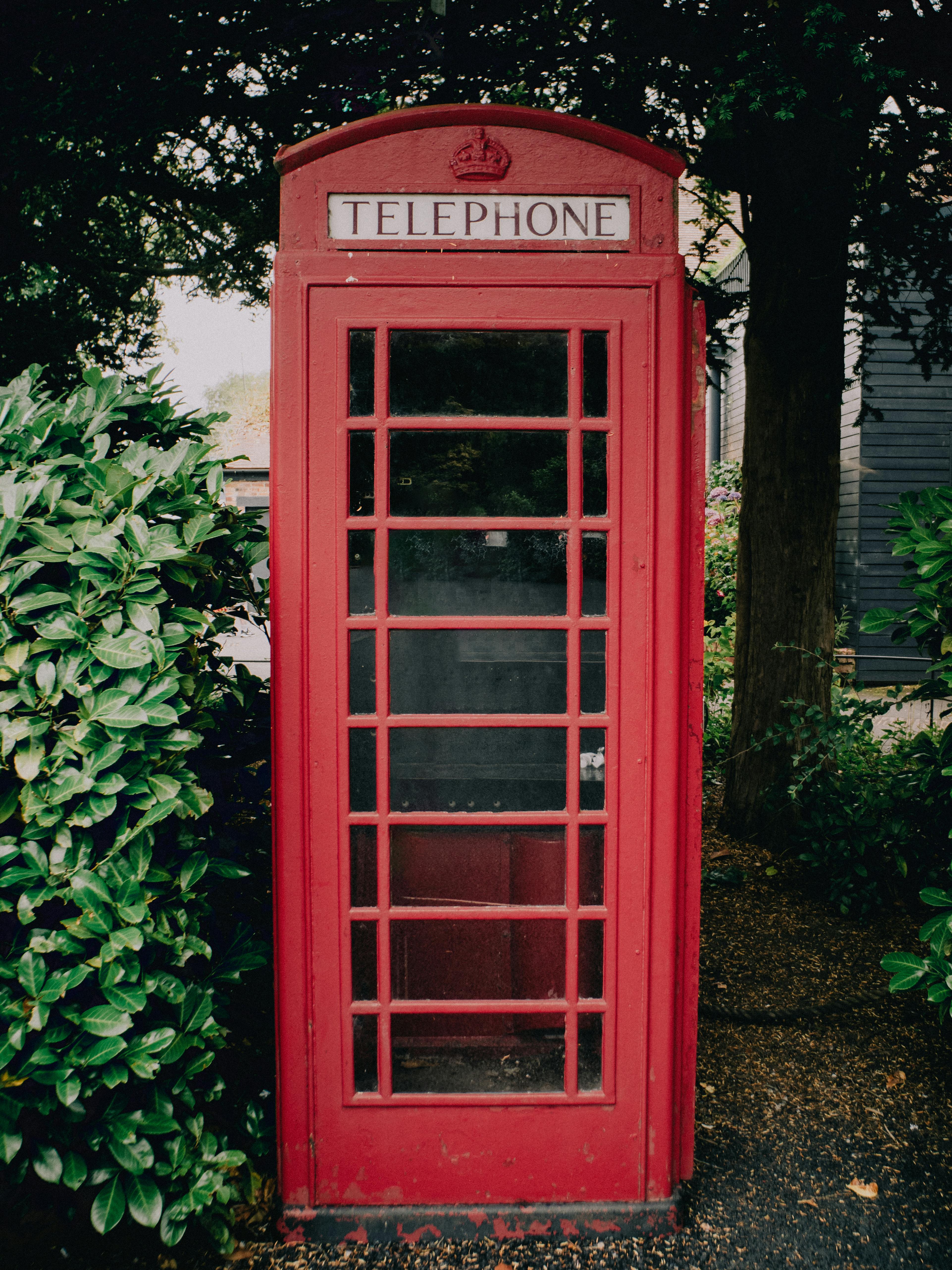
5. **The Iconic Red: Britain’s K1, K2, and K6 Telephone Boxes**Across the Atlantic, the United Kingdom embarked on its own unique journey to establish a national network of public telephone boxes, which would eventually result in one of the most recognizable symbols of British culture. The first significant step came in 1920 with the introduction of the Kiosk No.1, or K1 model. Constructed from concrete, its design, by general consensus, “did not inspire,” lacking the aesthetic appeal desired for such a prominent public utility.
This aesthetic shortfall spurred a transformative moment in 1924: a competition was held to design a new kiosk. The Royal Fine Art Commission played a pivotal role in this selection process, ultimately choosing a design by the renowned architect Sir Giles Gilbert Scott. His vision gave birth to the iconic red telephone box, a design that would soon become a cherished national symbol, instantly recognizable the world over.
In 1926, Scott’s vision materialized with the introduction of the K2, or “Kiosk No.2,” model in London and its surrounding areas. These cast-iron structures were far more than mere utilitarian boxes; they featured ornate crown decorations, distinctive domed roofs, and clear glass panels for illumination, all encased in a striking royal red color chosen to make them easily visible. The sliding door added to their distinctive charm, making them an enduring symbol of British communication.
The design evolved further with subsequent models. The popular K6 model, for instance, followed a similar aesthetic but ingeniously incorporated two additional rows of windows, significantly improving visibility for users inside. This version, affectionately known as the “Jubilee kiosk,” was unveiled to commemorate King George V’s silver jubilee in 1935. With more efficient mass production, these red telephone boxes rapidly became a ubiquitous feature, dotting nearly every town and village across the UK, with an impressive estimated 35,000 installed by 1940.
This enduring design has cemented the red telephone box as a veritable icon in British pop culture, making countless appearances in music videos, album covers, and films, further preserving its timeless charm. It remains widely regarded as “one of Britain’s top 10 design icons.” Interestingly, while the classic royal red dominated, the city of Kingston upon Hull maintained its individual phone service, Kingston Communications, featuring unique cream-colored phone boxes. Furthermore, the Post Office initially permitted a less strident grey with red glazing bars for areas of natural and architectural beauty, though ironically, some of these preserved boxes have now been painted red, embracing the classic hue.
6. **Post-War Modernity: The Rise of Glass and Aluminum Booths in the US**Learning valuable lessons from the United Kingdom’s successful mass production and deployment of their distinctive “red telephone boxes,” the United States embarked on its own dramatic proliferation of public phone booths during the 1950s. This era marked a significant shift in construction, as aluminum decisively replaced wood as the favored material, ushering in a new aesthetic and functional standard for public telecommunication structures.
The new designs, characterized by their “sleek glass doors and easy-to-maintain aluminum walls,” quickly transformed the urban landscape. These modern booths were not just functional; they became an “expected feature of the urban landscape,” symbolizing “modernity and communication.” Their transparent designs offered a sense of openness while still providing the privacy needed for a phone call, striking a unique balance that resonated with the times.
Driven by post-war optimism and a burgeoning emphasis on convenience and accessibility, these newly designed structures began to populate cities and towns across the United States and indeed, other parts of the world. The shift to glass and aluminum represented a leap forward in durability and maintenance, addressing the shortcomings that had plagued earlier wooden models and allowing for widespread adoption.
The glass door phone booth provided a much-needed sense of privacy for individuals making calls, a critical factor as telephone usage expanded rapidly, especially in bustling metropolitan areas. Beyond mere utility, these booths also served as tangible representations of “technological progress and social advancement,” offering a reliable means of connecting with others for both business and personal matters, making them an essential part of daily life.
Their “transparent design not only exuded a sense of openness but also symbolized a society that valued transparency and communication.” This era saw the introduction of the Airlight outdoor telephone booth in 1954, specifically designed with glass and aluminum for outdoor use and initially intended to serve motorists traveling on highways. Even today, the nostalgia for these retro glass door phone booths continues to evoke a sense of charm and admiration for a time when communication technology, while rapidly advancing, still retained a visible, physical presence in the public sphere.
7. **Superman’s Quick Change: Phone Booths in Pop Culture**The sheer ubiquity of phone booths in their heyday meant they naturally permeated the fabric of popular culture, becoming instantly recognizable symbols in various forms of fiction. Their presence in comic books, films, and television shows not only reflected their real-world prevalence but also imbued them with a certain mystique and practical narrative utility, often for dramatic effect.
Perhaps the most enduring and iconic cultural depiction comes from the pages of DC Comics. For generations, the telephone booth has been the legendary site where reporter Clark Kent would shed his unassuming street clothes and undergo his incredible transformation into the caped superhero, Superman. This plot device, a quick, discreet change within a public space, perfectly captured the booth’s potential for temporary privacy in a bustling world, and has been widely reused or parodied in countless films and television series.
The versatility of the phone booth extended beyond superhero antics. In the popular 1965–1970 television series *Get Smart*, a phone booth served as one of several quirky and secure means for agents to enter the secret headquarters of CONTROL. This portrayal highlighted the booth’s function as a gateway to clandestine operations, adding another layer of intrigue to its public image.
Even as phone booths began their slow decline in real life, their dramatic potential continued to captivate filmmakers. The 2002 film *Phone Booth* masterfully leverages this dwindling presence, taking place “almost entirely in a telephone booth.” A 2023 retrospective article aptly notes that “the obsolescence is to the film’s advantage,” as the isolation and unique setting amplify the tension and suspense, turning a vanishing artifact into a central character.
Beyond Hollywood, phone booths found their way into international cinema, reflecting their global impact. *La cabina* (“The Telephone Box”), a 1972 Spanish television film directed by Antonio Mercero, presented a chilling and surreal narrative. The 35-minute film stars José Luis López Vázquez as a man who becomes inexplicably trapped inside a telephone booth, while perplexed passersby are strangely unable to help him. This evocative film won the prestigious 1973 International Emmy Award for Fiction, marking it as the only Spanish program ever to achieve this honor.
Adding a touch of humor and relatable frustration, the 1986 British comedy film *Clockwise* features John Cleese’s character comically vandalizing a phone in a booth after it malfunctions. This memorable scene perfectly “played on the public perception in Britain at the time that telephone booths were frequently out of order,” tapping into a collective experience of the quirks and frustrations of public utilities and further cementing the phone booth’s place in the cultural consciousness as both useful and notoriously unreliable.

8. **The Invention of Mobile Phones and the Fall of Payphones**The relentless march of technology truly began to reshape the communication landscape with the invention of the first handheld cellular mobile phone. John F. Mitchell and Martin Cooper of Motorola introduced this groundbreaking device in 1973. While the initial device, known as the Motorola DynaTAC, was a marvel, mobile phone usage didn’t become widespread until the 1990s and early 2000s, embedding itself into daily life for millions.
Suddenly, the very attributes that had made phone booths indispensable – their fixed location, coin-operated mechanics, and enclosed privacy – became liabilities. The unparalleled convenience and portability of cell phones rendered the need for payphones increasingly obsolete. As more people carried personal communication hubs in their pockets, the public call box began its inexorable slide into a nostalgic chapter in communication history.
This dramatic shift didn’t go unnoticed by telecommunications giants. During the early 2000s, all major phone companies, recognizing the precipitous decline in usage and profitability, systematically withdrew from the payphone market. This withdrawal left countless phone booths without their core purpose, marking the beginning of their widespread removal and repurposing, transforming them from bustling hubs into quiet, often forgotten, urban curiosities.
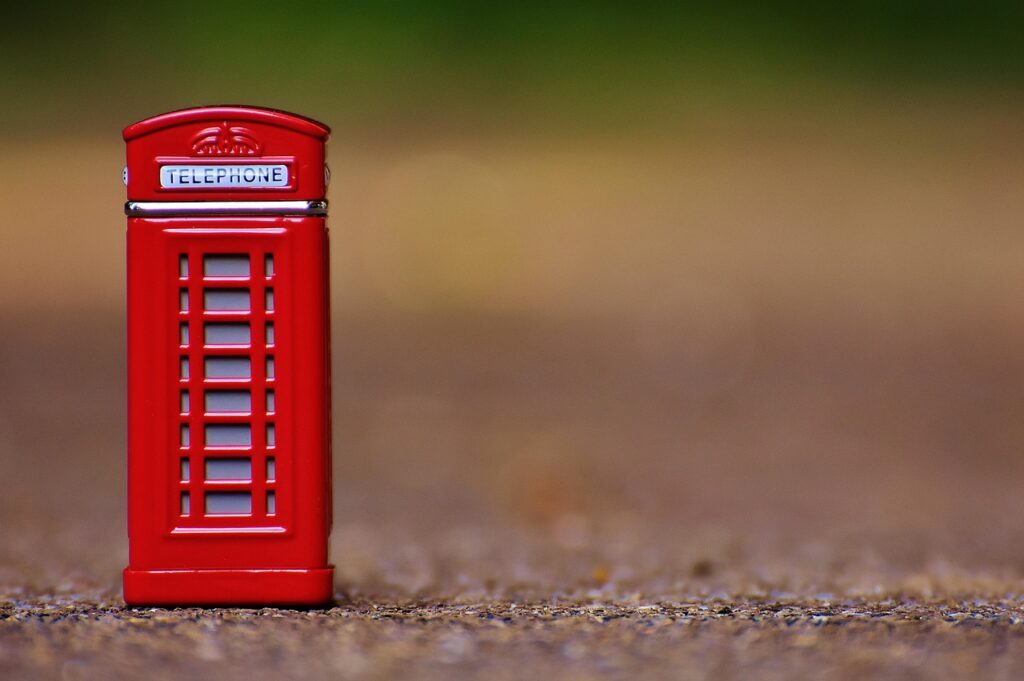
9. **Country-Specific Fates: Early Adopters in Disappearance**The story of the phone booth’s decline is not uniform across the globe; rather, it’s a mosaic of country-specific narratives, reflecting local technological adoption and regulatory frameworks. In the Czech Republic, the era of the public phone booth officially concluded in June 2021 when the very last one was closed and dismantled, a quiet end to a once-ubiquitous service.
Similarly, in Denmark, the dwindling numbers reached a symbolic low in December 2017 when the last three public telephone booths, located in Aarhus, had their telephones permanently removed. This marked a definitive end to their functional use, leaving behind empty shells as reminders of bygone public communication.
Finland was an early leader in this transition. By 2007, major operators like Finnet companies and TeliaSonera Finland had already discontinued their public telephones, with the last remaining operator, Elisa Oyj, following suit early that same year. Nordic nations, known for rapid technological adoption, were among the first to witness the comprehensive disappearance of these public fixtures.
Perhaps the most striking early example came from Jordan. By 2004, it had the distinct, if somber, honor of becoming the first country in the world where telephone booths were no longer generally available. Mobile phone penetration had become so exceptionally high that public telephone booths had been rarely used for years, leading the two private payphone service companies, ALO and JPP, to close down entirely.

10. **Country-Specific Fates: Europe’s Phased Goodbyes**Across Europe, the trend continued. In Belgium, the majority state-owned telco Belgacom took the definitive step of taking the last remaining phone booths out of service in June 2015, signaling the complete cessation of the public payphone era within the country’s borders. It was another moment where a familiar urban fixture quietly slipped into history.
Sweden’s journey began early, with the first booth erected in 1890. Its peak saw an impressive 44,000 booths in 1981, but by 2013, this number had plummeted to just 1,200. The final curtain fell in 2015 with the removal of the last operational phone booth, underscored by a 2013 survey revealing that only a mere 1% of the Swedish population had used one in the preceding year.
France, too, has largely moved past its public telephone era. According to Orange CEO Stéphane Richard, only 26 public phone booths were still operating in France as of 2021. The “Macron law” of 2015 played a significant role, ending Orange’s mandatory maintenance, a response to the sharp decline in use. These few remaining booths are maintained only in rural areas without cell service, and are swiftly removed once an area gains proper mobile coverage.
In Italy, a significant ruling by AGCOM in May 2023 established that TIM no longer has the general obligation to guarantee telephone booth availability, with exceptions for “places of social importance” like hospitals, prisons, and barracks. TIM can also decommission booths in mountain refuges if mobile network access is ensured. With 99.2% of public telephones already covered by a mobile network, the removal of over 90,000 booths not falling into these exceptions began in September 2023.
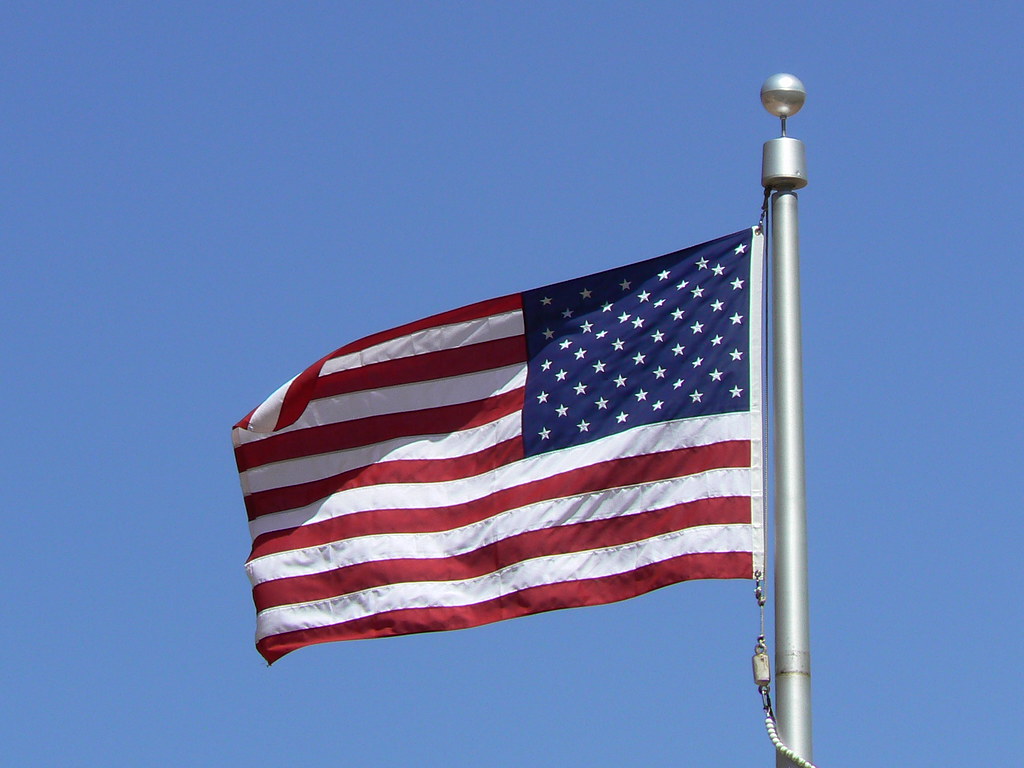
11. **The UK and US: Decline, Preservation, and Modern Adaptations**Even in countries where phone booths held deep cultural significance, their numbers have drastically diminished. In the United Kingdom, where the red telephone kiosk is recognized as a British icon, BT Group steadily removes public telephone kiosks. They are permitted to remove a kiosk without consultation if another is within 400 meters walking distance, but otherwise must comply with Ofcom rules and consult with the local authority.
Despite removals, the red telephone box remains a cherished symbol. BT Group still holds intellectual property rights in the designs. Many decommissioned red telephone boxes have found new lives, converted for community uses with BT Group’s permission, such as housing small community libraries or automated external defibrillators, a testament to their enduring architectural and cultural value.
Across the Atlantic, in the United States, the decline began earlier and was often intertwined with civic concerns. Beginning in the 1990s, many large cities instituted restrictions on payphone placement, believing they facilitated crime. From an estimated 2 million phone booths in 1999, only five percent remained by 2018. Major carriers like AT&T and Verizon withdrew payphone support due to profitability issues.
While most have vanished, some have gained new recognition or purpose. In 2015, a phone booth in Prairie Grove, Arkansas, earned a spot on the National Register of Historic Places. New installations occasionally occur, such as at Eaton Rapid’s city hall. In New York City, only four traditional phone booths persist on Manhattan’s Upper West Side; most have been converted into Wi-Fi hotspots, offering free outgoing calls and demonstrating an iconic structure serving a new public need.

12. **Modern Reinvention: Privacy Solutions in the Workplace**As traditional phone booths faded from street corners, a curious metamorphosis began in the modern office. Beginning in the 2010s, innovative companies like Framery Acoustics in Finland and TalkBox Booth in the USA recognized a burgeoning need in open-plan offices, transforming the classic phone booth concept into sleek, contemporary privacy booths.
The catalyst for this ingenious reinvention was the growing demand for sound privacy and focused concentration while conducting business in often noisy, collaborative workspaces. Open-plan offices, designed to foster communication, inadvertently created challenges for individual focus and confidential conversations. These new privacy booths offered dedicated, acoustically optimized spaces for calls, virtual meetings, or uninterrupted concentration.
This foresight led to the birth of an entirely new industry. Privacy booths have quickly become ideal private workspaces, not just for offices, but also for public facilities and any noisy environment where a moment of quiet focus is essential. They represent a remarkable evolution, taking the core principle of the phone booth—an enclosed space for private communication—and adapting it to contemporary professional life.
Ross Shell, Founder & CEO of TalkBox, articulates this transformation: “It’s remarkable how many use cases we see from our customer base and how many industries now value and use our products. While of course, TalkBox is fundamentally a phone booth, it’s also so much more in terms of what it helps people accomplish spanning solo work to our meeting pods. As work evolves…the modern incarnation of the phone booth finds itself once again productively intertwined in the fluid, practical needs of modern work and life. And looking back…how exciting it is to see how far things have evolved in terms of features, lighting, comfort, and self-cleaning disinfecting.”
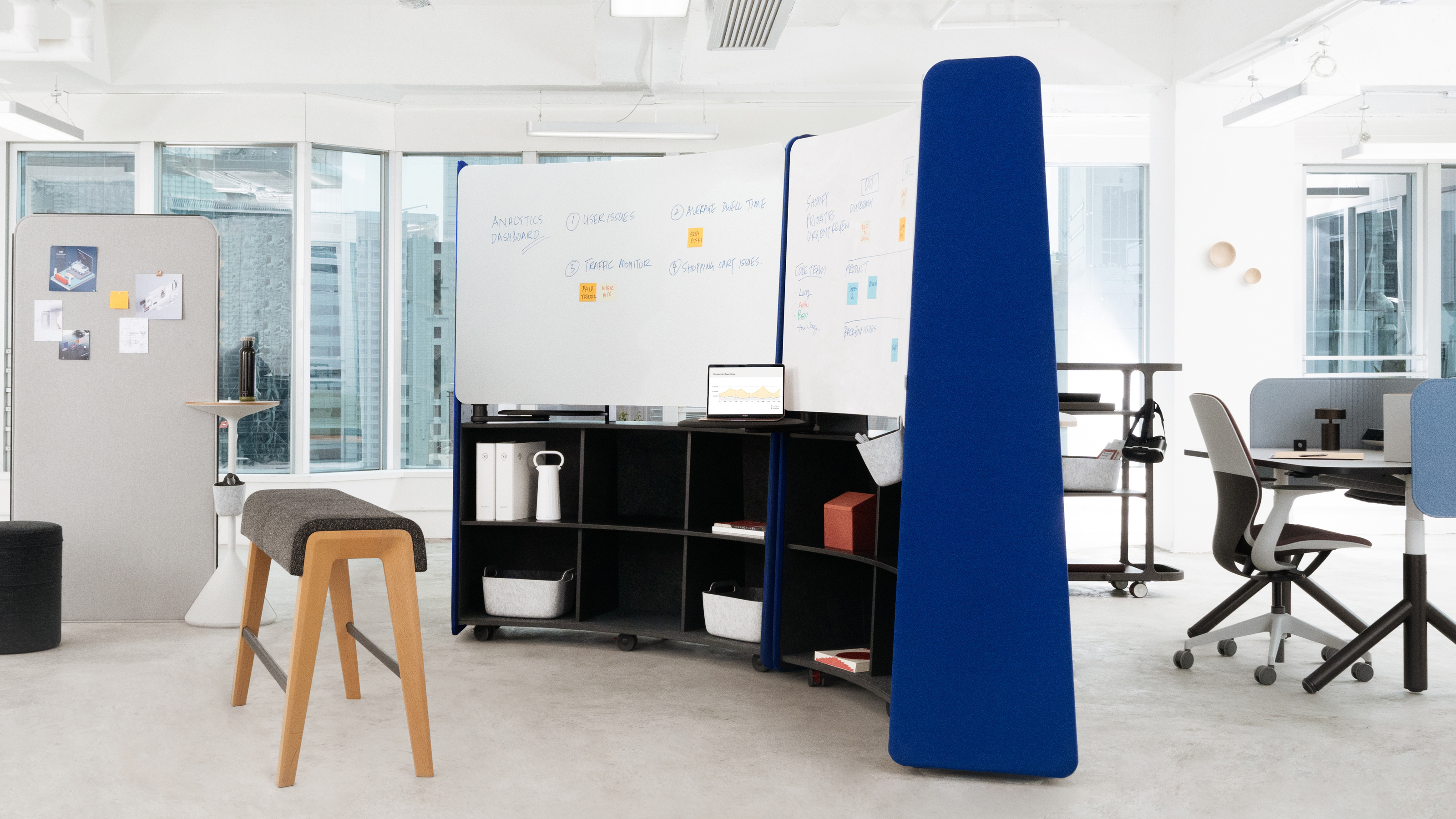
13. **Expanding the Concept: Meeting Pods and Collaborative Spaces**The evolution of the modern phone booth didn’t stop at single-user privacy solutions. Building on the success of individual sanctuaries, the concept has further expanded into larger “meeting pods,” designed to accommodate multiple people. This natural progression addresses the need for enclosed, private spaces for small groups within the same dynamic, open-office environments, offering flexibility and functionality.
These enclosed booths have emerged as an invaluable solution for businesses operating with open-floor plan offices, skillfully providing a harmonious balance between collaborative spaces and the crucial need for privacy. They carve out dedicated areas for team discussions, brainstorming sessions, and confidential meetings, effectively shielding participants from distractions and ambient noise prevalent in open layouts.
By facilitating focused interactions and fostering a sense of belonging, these innovative meeting pods significantly enhance communication and creativity. Ultimately, they contribute to improving overall productivity and job satisfaction, proving that thoughtful design can solve complex workplace challenges. Their versatile designs, frequently equipped with modern technology and comfortable amenities, empower teams to engage in efficient problem-solving and decision-making, making meeting pods an essential asset for optimizing open office environments.
These modern enclosures embody a remarkable adaptation of an old idea. What began as a simple box for a solitary call has transformed into flexible, high-tech modules that support the nuanced communication requirements of today’s diverse workplaces, from quick huddles to intensive creative sessions.
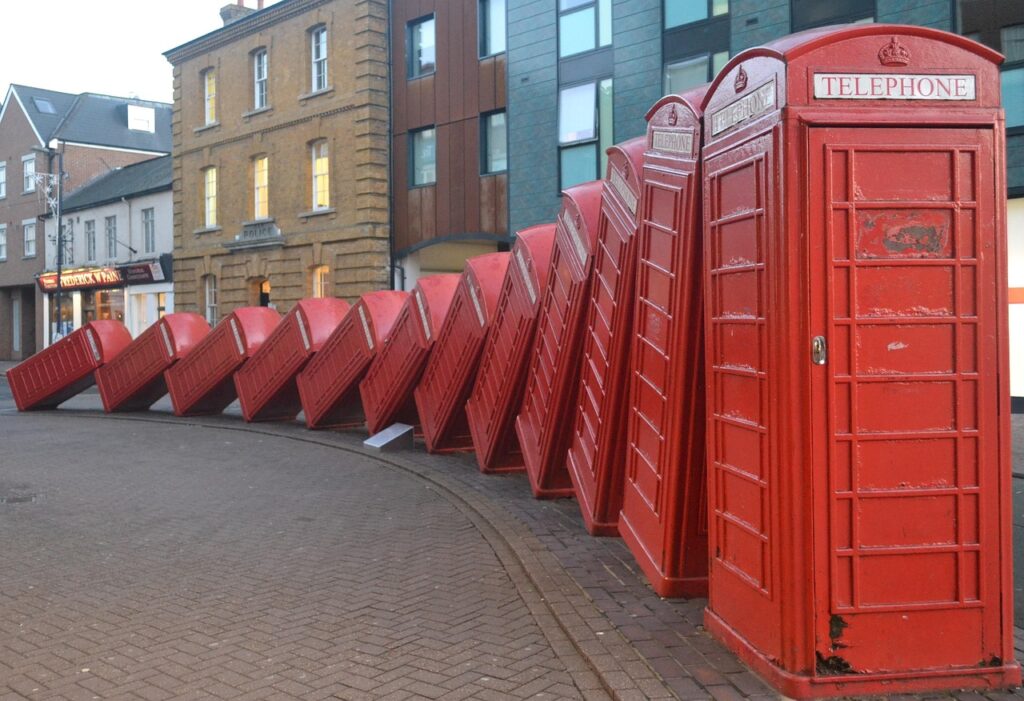
14. **Phone Booths as Advertising Platforms: A New Lease on Life**Beyond their reinvention as private workspaces, some traditional telephone boxes, particularly in the United Kingdom, have found an unexpected new lease on life as prime advertising platforms. This transformation leverages their prominent street corner locations, turning them from communication relics into vibrant canvases for commercial messages. Many telephone boxes are now adorned with advertisements, thanks to developments like “StreetTalk” by JCDecaux, effectively monetizing their physical presence.
This shift is further exemplified by the ST6 public telephone, introduced in 2007, which was specifically designed with a phone on one side and a JCDecaux-owned advertising space on the other. This ingenious dual-purpose design ensures that the advertising revenue directly contributes to covering the cost of maintaining the phone itself, providing a sustainable model for keeping some public phones in service, even as call revenue dwindles.
However, this commercial repurposing hasn’t been without controversy. In 2018, the UK Local Government Association (LGA) drew attention to “Trojan” telephone boxes – structures whose main purpose is advertising, rather than providing a telephone service. A loophole in planning law historically allowed these to be erected without requiring planning permission, a situation the LGA is actively seeking to close to ensure local authorities have greater control over their streetscapes.
It’s a fascinating twist in the narrative of these once-essential structures. From connecting distant voices to offering a moment of quiet focus in a busy office, and now, to boldly broadcasting commercial messages, phone booths, in their various incarnations, continue to adapt and evolve, refusing to be entirely forgotten even in a world where personal communication is universally tethered to our palms.
In our journey through the curious world of phone booths, we’ve witnessed their humble birth, their ascent as indispensable public utilities, and their poignant decline in the face of mobile technology. Yet, the story doesn’t end there. From becoming crucial privacy solutions in the dynamic modern workplace to finding new purpose as vibrant advertising platforms, these resilient structures continue to adapt and surprise. They stand as enduring testaments to human ingenuity and our perpetual need for connection and, ironically, for moments of quiet solitude in an an ever-louder world. Though they may rarely work on street corners as they once did, their legacy, in both physical form and cultural memory, ensures that phone booths are truly gone but not forgotten.

